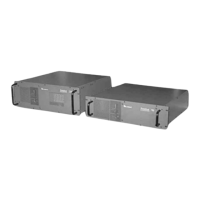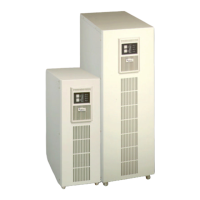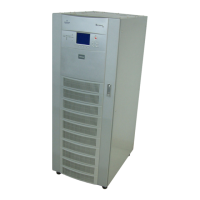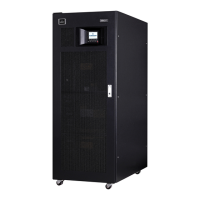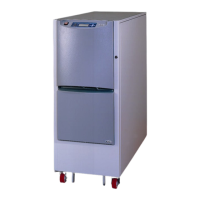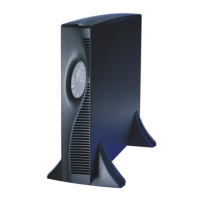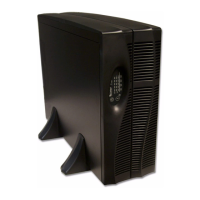Operation and Display Panel74
MESSAGE DESCRIPTION
Remote power- on
The UPS was powered on remotely. This will display in the log whenever the event
occurs
Remote shut- o
The UPS was powered o remotely. This will display in the log whenever the event
occurs.
Remote shutdown
Any mode shutdown was initiated by the dry contact input. This will display in the log
whenever the event occurs.
REPO
Shutdown caused by the REPO terminal Normally-Closed contact input opening. This
will display in the log whenever the event occurs.
Shutdown due to over temp
During the UPS operation, the system checks that the heat sink temperature exceeds
the setting range. If over temperature, please check:
• Ambient temperature too high or not
• Dust is blocked or not
• Fan fault or not
System over temp
Internal heat sink temperature too high, and the inverter is o. The alarm can only be
silenced if the heat-sink temperature is lower than the alarm setting. The system can
automatically start after over temperature fault is solved.
If over temperature, please check:
• Ambient temperature too high or not
• Dust is blocked or not
• Fan fault or not
Turn on fail
The UPS does not start because there is no mains/utility power or it is outside of the
range of the voltage required to supply the full load. Check the AC input power.
UPS has no output
Both Inverter and Bypass are not supplying power due to the UPS output being turned
o remotely or via the LCD, or are unavailable due to no input power or input power out
of range. Check that UPS is on and input power is available.
4.2.7. About Screen
The About screen oers tabs that list information about the product.
• Product tab - shows UPS identication information, rmware versions, and information about the
communication card (when the card is installed).
• Eiciency tab - shows a curve of the eiciency of your UPS model vs the load capacity used.
• Battery age tab - shows the curve of the percent state-of-health (SOH) of the installed battery versus time.
The UPS calculates one value per week and plots it on the graph. The values are based on the battery
temperature, age, and the actual amount of energy discharged from the battery if the battery has been
discharged fully.
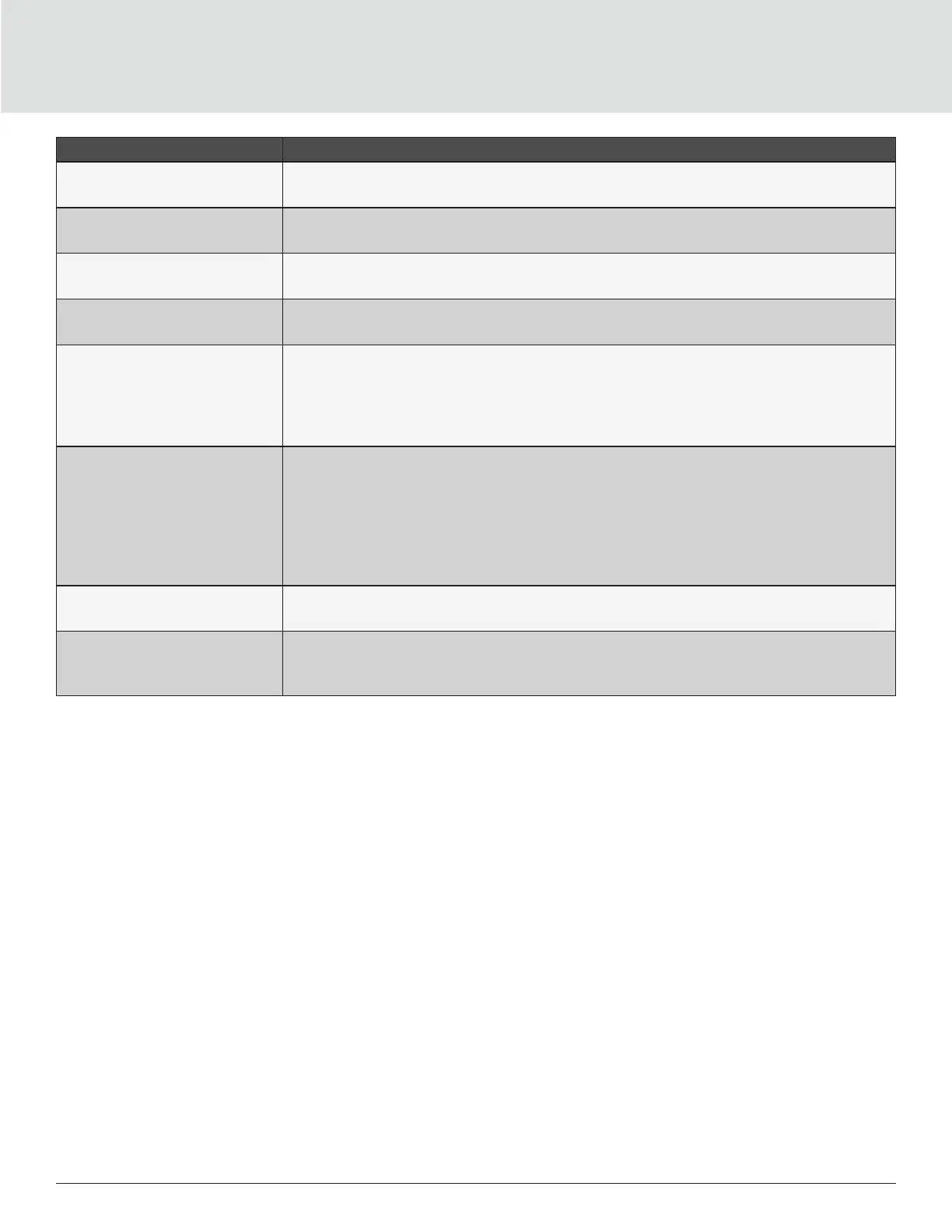